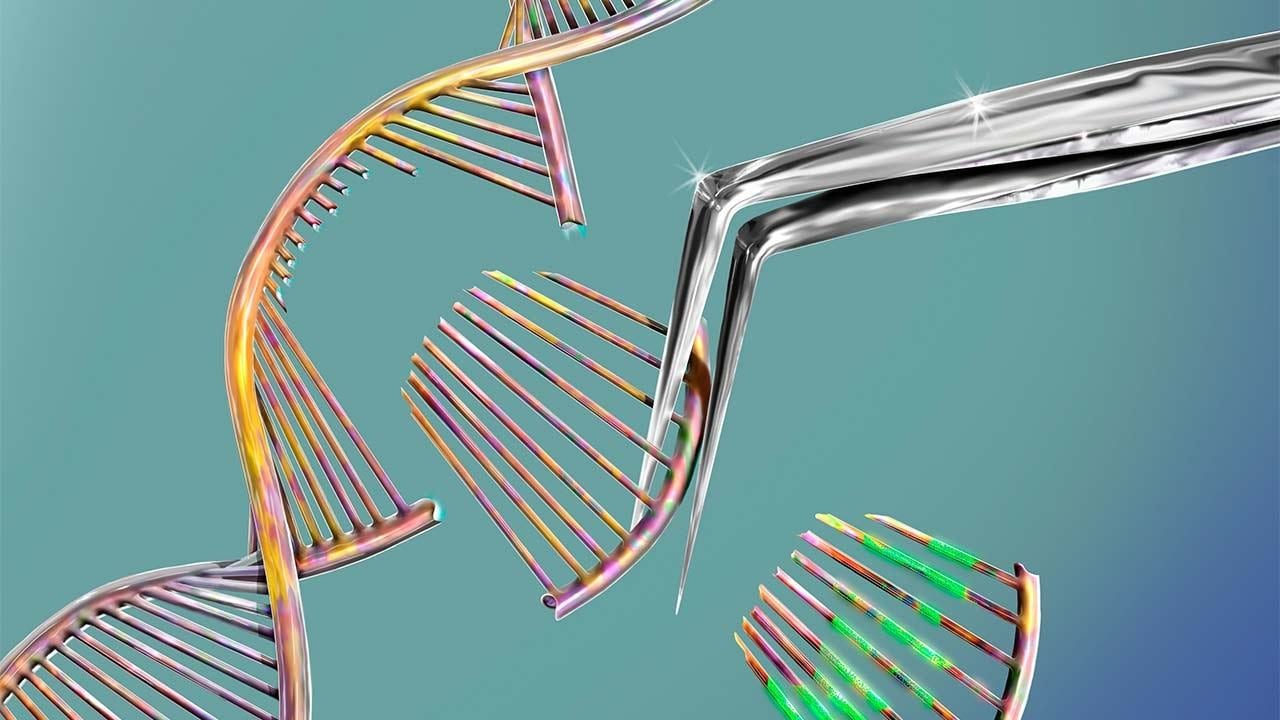FP TrendingOct 22, 2020 18:21:59 IST
A study by UC San Francisco scientists has found a gene editing tool similar to the existing CRISPR-Cas9 method that could be a powerful tool in the study of diseases and in drug development to treat diseases. These processes could advance a lot more quickly with the new tool, which can cut larger pieces of DNA than CRISPR-Cas9 can, from the genetic material in a cell. The UCSF study comes barely two weeks after two researchers were selected for this year’s Nobel Prize in Chemistry, for being the first to use genetic scissors known as CRISPR- Cas9.
Lead author of the study Joseph Bondy-Denomy, along with scientists Bálint Csörgő and Lina León, collaborated to develop and test the new CRISPR tool. The CRISPR-Cas3 system, as it is called, was adapted by the UCSF scientists from the widely-known CRISPR-Cas9 model.
According to a release by the UC San Francisco, CRISPR evolved ages ago in bacteria as a means to fight viruses known as bacteriophages. Study authors say that when bacteria encounter a phage, they incorporate a bit of the viral DNA into their own DNA to serve as a template to make RNA that binds to the corresponding viral DNA in the phage itself. Subsequently, the CRISPR enzyme targets, disables and kills the phage. The CRISPR-Cas3 system employs Cas3, an important enzyme that acts like a molecular wood chipper to remove long stretches of DNA quickly and accurately.
Speaking about the study, Bondy-Denomy said, “Cas3 is like Cas9 with a motor – after finding its specific DNA target, it runs on DNA and chews it up like a Pac-Man.”

Gene editing as a technology still has a long way to go before being embraced in human trials. Image: Getty
The new capability to delete or replace long stretches of DNA will allow researchers to more efficiently assess the importance of genomic regions containing DNA sequences, and help researchers understand the pathogens that plague them. According to Bondy-Denomu, large swathes of bacterial DNA are poorly understood by CRISPR-Cas3 also should also allow entire genes to be inserted into the genome in industrial, agricultural or even in human gene therapy applications.
Researchers modified the CRISPR-Cas3 system used by the bacterium Pseudomonas aeruginosa and showed that their more compact version functions well to remove selected DNA. Researchers programmed the CRISPR system to target specific DNA in the genome of an organism, after which the sequence of DNA coded into the bacteria for repairing the deletions comes into action.
The researchers were able to precisely set the boundaries of these large DNA repairs.
The results of the study were published in the journal Nature Methods.
Post a Comment